Table of contents:
- Low blood pressure: causes of low blood pressure and risk factors
- What is blood pressure
- Why does the pressure drop
- Causes of primary hypotension
- Causes of secondary, or symptomatic, hypotension
- Causes of orthostatic hypotension
- Frequently asked questions
- Video
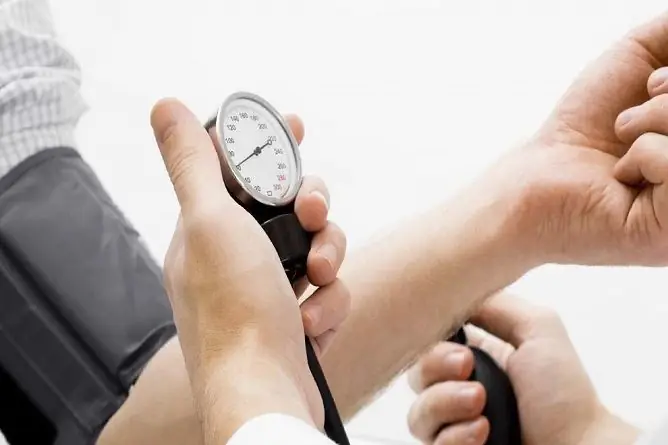
Video: Causes Of Low Blood Pressure In Women And Men: Why Blood Pressure Falls

2024 Author: Rachel Wainwright | [email protected]. Last modified: 2023-12-15 07:39
Low blood pressure: causes of low blood pressure and risk factors
The content of the article:
- What is blood pressure
- Why does the pressure drop
- Causes of primary hypotension
- Causes of secondary, or symptomatic, hypotension
- Causes of orthostatic hypotension
-
Frequently asked questions
- What causes pressure drop in women during pregnancy? Is such a decrease dangerous for the mother and child?
- What are the complaints of low blood pressure?
- How to treat hypotension at home?
- Video
The reasons for low pressure can be different: it can be a reaction of the vascular system to external factors, the manifestation of any diseases, or a variant of the norm. Hypotension often accompanies pathology of the circulatory system, hormonal diseases, develops in acute emergency conditions and in a number of other cases.

Moderate hypotension may be an individual norm.
Finding out the cause of low blood pressure is necessary in order to choose the right treatment, or to make sure that no treatment is required.
What is blood pressure
This term is understood as the force with which the blood acts from the inside on the walls of the arteries. The indicator is indicated by two numbers, and is recorded in millimeters of mercury (mm Hg), or millimeters of mercury (international designation - mm Hg).
Blood pressure (BP) numbers differ at different phases of the cardiac cycle. At the moment of expulsion of blood from the heart, in systole, when the chambers contract, systolic pressure (SBP) is recorded. Its value is greater, since it is during this phase that the blood is pushed with effort into the bloodstream. Accordingly, its pressure on the walls of blood vessels will be stronger. At the stage of relaxation of the heart - in diastole - the blood pressure readings are minimal, at this moment diastolic blood pressure (DBP) is recorded. This figure stands second when recording the results obtained.
The upper limit of the norm is 139 mm Hg. Art., but the lower one differs depending on gender and age.
In young men, blood pressure readings should not drop below 100/60 mm Hg. Art., and for women - 95/60. At the age of 30-40 years, 105 mm Hg is taken as the lower limit of normal systolic pressure. Art., and diastolic - 65.
If the lower permissible DBP value is relatively stable at any age period and is 60-65 mm Hg. Art., then the lower limit of the SBP in a person changes throughout life.
The calculation of the minimum value of systolic pressure in patients over fifty years old is carried out according to the following formula: 50 + age in years. Thus, in elderly people of 70 years, the lower limit of SBP should be 120 mm Hg. Art.
Why does the pressure drop
There are many reasons for low blood pressure in women and men. Among them there are both physiological, that is, not associated with any disease state, and pathological.
There are several physiological reasons for hypotension:
- the peculiarity of the organism of a particular patient;
- intense sports;
- adaptation of the cardiovascular system to specific environmental conditions.
According to research results, in adolescence, a decrease in blood pressure of varying severity is observed in 20-60% of boys and girls. After the end of puberty, it stabilizes: the incidence of physiological hypotension does not exceed 5-6, and in adulthood up to 40 years - 14%.
In addition to age characteristics, good physical fitness can be the reason for the decrease in pressure, which manifests itself constantly. Under conditions of systematic high loads, the activity of the cardiovascular system changes: the pulse decreases, the tone of the arteries decreases. This restructuring is an adaptation mechanism for intense physical exercise.
Adaptive physiological hypotension develops in people living in rarefied alpine air, as well as in residents of countries located in tropical and subtropical climatic zones.
Pathological causes of low blood pressure in women and men
- violation of regulatory mechanisms, in this case, hypotension is called essential or primary;
- a sharp change in body position (orthostatic decrease in blood pressure);
- emergency conditions (for example, shock) or any systemic diseases.
It is possible to distinguish physiological from pathological hypotension by clinical manifestations. Some features are characteristic of the physiological:
- consistently good health throughout the day, the absence of active complaints, with a decrease in blood pressure, the state of health does not subjectively deteriorate;
- lack of objective manifestations of the disease during a medical examination;
- young age (up to 30 years old);
- absence of pathological changes in the ECG study;
- tendency to bradycardia (pulse rate less than 60 beats per minute).
Causes of primary hypotension
Essential lowering of blood pressure is the most common pathology at a young age. In this case, the pressure can drop rapidly, to critically small numbers, and stably set at values less than 95-100 and 55-60 mm Hg. Art. In another way, this condition is called hypotonic disease.
The mechanisms of development of the disease are a violation of the central regulation of vascular tone, an imbalance in the links of the autonomic nervous system, a violation of the hormonal background, activation of depressor humoral factors, a change in the activity of the adrenal cortex and the renin-angiotensin system, which is responsible for the regulation of blood pressure.
The following conditions can be the triggering factors for primary hypotension:
- genetically determined weakness of the vasomotor centers;
- prolonged psycho-emotional overstrain or acute stress;
- excessive intellectual or physical exertion;
- head trauma;
- exposure to radiation;
- harmful production factors (work in a hot shop, interaction with toxic substances, gasoline vapors, exposure to vibration, noise, etc.);
- severe acute infections with high intoxication, transferred in childhood, or chronic pathological processes of a sluggish nature with frequent exacerbations.
Causes of secondary, or symptomatic, hypotension
In this case, the decrease in blood pressure is a consequence of the transferred pathological condition or one of the manifestations of some underlying disease.
Symptomatic hypotension develops due to a decrease in the contractility of the heart muscle, when the volume of pumped blood is significantly reduced, a violation of vascular tone or a decrease in the volume of blood circulating in the system.
What diseases of the circulatory system can cause a secondary decrease in blood pressure:
- acute coronary syndrome;
- rupture of the aneurysmal sac in the aorta;
- gross violations of the heart rhythm;
- accumulation of fluid in the pericardial cavity;
- inflammation of the heart muscle;
- myocardial dystrophy;
- shock;
- intoxication with certain drugs (most often - with intravenous administration).
Symptomatic hypotension is also a manifestation of diseases of other systems and organs:
- acute or severe chronic respiratory failure;
- TELA;
- pulmonary, gastric, intestinal bleeding;
- asthmatic status;
- traumatic rupture of the spleen;
- acute inflammation of the tissues of the pancreas or liver;
- peritonitis;
- persistent intense diarrhea;
- adrenal insufficiency;
- coma of various origins;
- tuberculosis;
- peptic ulcer of the stomach or duodenum;
- endocrine diseases;
- anemia;
- malignant blood diseases.
Causes of orthostatic hypotension
This type of hypotension is diagnosed when, when rising from a sitting or lying position to a standing position for three minutes, the SBP decreases by 20 or more mm Hg. Art., and DBP - more than 10.
What does such a change in blood pressure mean? Possible damage to the central nervous system or the autonomic link of the peripheral nervous system, the development of any disease, or the negative influence of some external factors.
Most often, orthostatic hypotension occurs in the following pathologies:
- Bradbury-Eggleston syndrome;
- Eaton-Lambert syndrome;
- Riley-Day syndrome;
- Shay-Drager syndrome;
- functional insufficiency of baroreceptors;
- deficiency of a number of biologically active substances or enzymes;
- sclerotic damage to the arteries of the brain;
- Parkinson's disease;
- some autoimmune pathologies;
- folate deficiency anemia;
- diabetes;
- acute infectious processes;
- organic damage to the brain and spinal cord;
- chronic kidney disease;
- alcoholism;
- overdose of certain medications;
- mitral valve disease;
- a sharp decrease in the volume of circulating blood (forced diuresis, persistent diarrhea, active sweating, indomitable vomiting, etc.);
- sepsis;
- intoxication with salts of heavy metals; and etc.
Frequently asked questions
What causes pressure drop in women during pregnancy? Is such a decrease dangerous for the mother and child?
In the first trimester, up to 30% of women notice a slight decrease in blood pressure. This is a variant of the norm, this condition is called pregnancy hypotonia. The reason for the low pressure in a woman during this period is the formation of uteroplacental blood flow and the restructuring of the blood supply system at the time of bearing a child.
Nevertheless, if the blood pressure numbers are fixed at marks less than 100-105 / 60-65 mm Hg. Art. you need to contact a specialist. In this case, the blood supply becomes less efficient, which can cause fetal hypoxia.
What are the complaints of low blood pressure?
Typically, patients note a high pulse, transient headache, severe fatigue, decreased performance, weakness, stitching pains in the projection of the heart, dizziness, impaired memory and memory, shortness of breath on exertion, a constant feeling of weakness. Very often people with low blood pressure complain of heart attacks, intolerance to stuffy rooms, feeling short of breath, cold feet and hands.

Hypotension can significantly reduce the quality of life
How to treat hypotension at home?
There are no special drugs that would stably and permanently raise blood pressure. Moreover, self-treatment without preliminary examination can not only not bring an effect, but also aggravate the situation.
If the pressure has decreased after an illness, against the background of sharp changes in climatic conditions or the stereotype of nutrition, you can try to increase it by drinking caffeine-containing drinks, dark chocolate or adaptogens (ginseng, eleutherococcus, etc.).
If low blood pressure numbers are recorded all the time, and hypotension is accompanied by a subjective deterioration in well-being, you must immediately contact a cardiologist for a complete examination and clarify the reasons for the decrease in blood pressure. Based on the results of the research, the doctor will recommend the optimal treatment regimen.
Video
We offer for viewing a video on the topic of the article.

Olesya Smolnyakova Therapy, clinical pharmacology and pharmacotherapy About the author
Education: higher, 2004 (GOU VPO "Kursk State Medical University"), specialty "General Medicine", qualification "Doctor". 2008-2012 - Postgraduate student of the Department of Clinical Pharmacology, KSMU, Candidate of Medical Sciences (2013, specialty "Pharmacology, Clinical Pharmacology"). 2014-2015 - professional retraining, specialty "Management in education", FSBEI HPE "KSU".
Found a mistake in the text? Select it and press Ctrl + Enter.
Recommended:
Low Progesterone: Symptoms Of Low Progesterone In Women

Low progesterone in women is one of the main causes of infertility or recurrent miscarriage
Bruises On The Body For No Reason In Women And Men: Why They Appear On The Arms And Legs
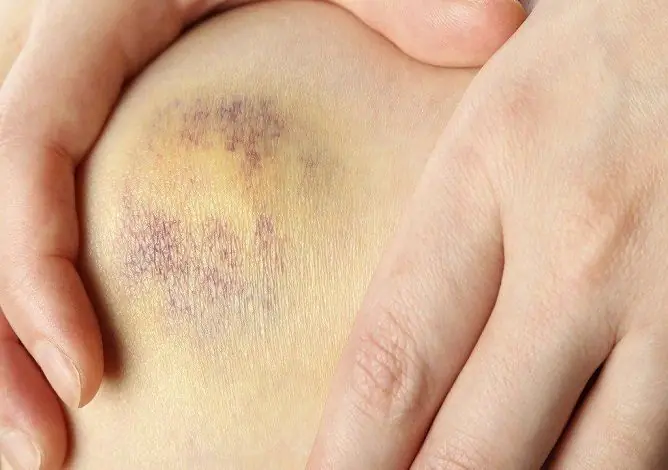
If bruises appear on the body for no reason, this may indicate a bleeding disorder, weakness in the walls of blood vessels, or hormonal imbalance
Symptoms Of High Blood Pressure In Women And Men: The First Signs
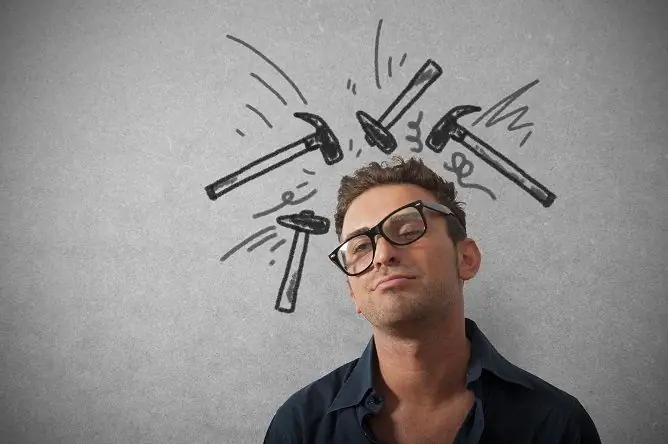
The symptoms of high blood pressure, especially in the early stages of arterial hypertension, are insignificant, which prevents the timely detection of pathology
Low Blood Pressure And Low Pulse: Reasons, What To Do, First Aid
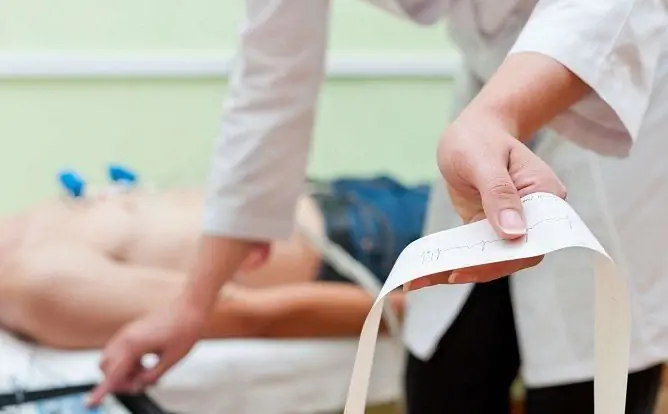
Low blood pressure and low heart rate may indicate a life-threatening condition, but they are not always a manifestation of pathology
What To Take With Low Blood Pressure, What Is Better To Drink With Low Blood Pressure
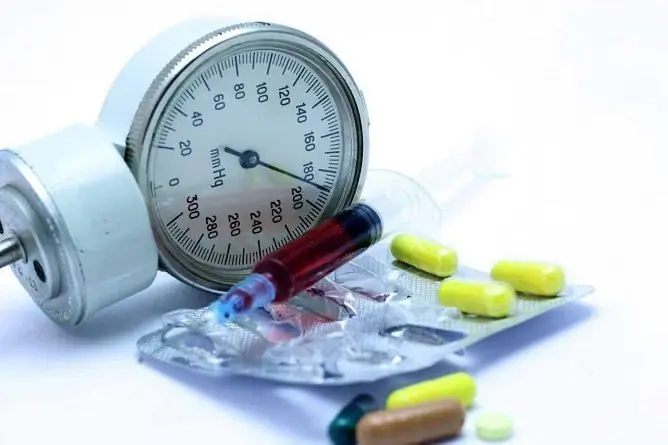
What to take with low blood pressure from medicines should be determined by the attending physician. But there are remedies for hypotension that will help at home






